OVERVIEW
Setting out from the Bygone Days Storytelling House, the route leads southwest. This thatched building style was once common across rural Ireland but is now most common in Wexford, which has the largest number of such cottages. These traditional buildings are mainly of mud-wall construction, with whitewashed walls and roofs thatched with wheaten or oaten straw. Simple vernacular structures, they are now considered an important part of Ireland’s built heritage. Look out for more along the way.
The route then takes you into Kilbride Forest, following a sylvan path to a farm and then onto the important 1798 graveyard of Ballyhuskard.
After beautiful valley views, you arrive at Oilgate to end this stage at St David’s Church. Make sure to pay a visit to Raphael’s Healing Garden in the grounds of Church, which for many is a pilgrimage destination in its own right.
HIGHLIGHTS / PLACES OF INTEREST
Bygone Days Storytelling House
A charming thatched cottage, over 200 years old, is the perfect venue for storytelling and singing providing a warm welcome for visitors. It has been there since the 1798 Rebellion, so the stones of the building no doubt have many stories to tell. It was lived in until 1992 and then restored to its original form in 1996.
Storytelling evenings and other events are regularly hosted and John Dempsey is the local organiser. Best to make contact via their facebook page to see when events are planned.
Raphael's Healing Garden
This is a remarkable place where many people come on pilgrimage to address an issue in their lives. The garden tells a story of pilgrimage. It highlights big life issues such as grief and loss and provides a place of hope where it is possible to take time to address these issues and to find a way through them to a new future.
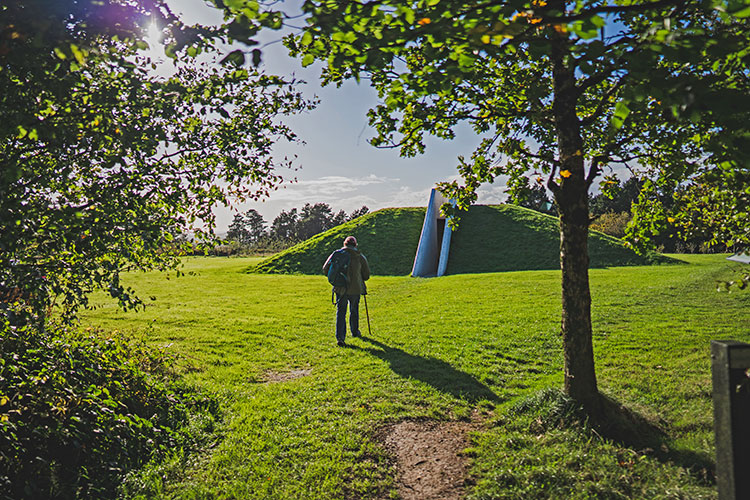
Tulach a'tSolais
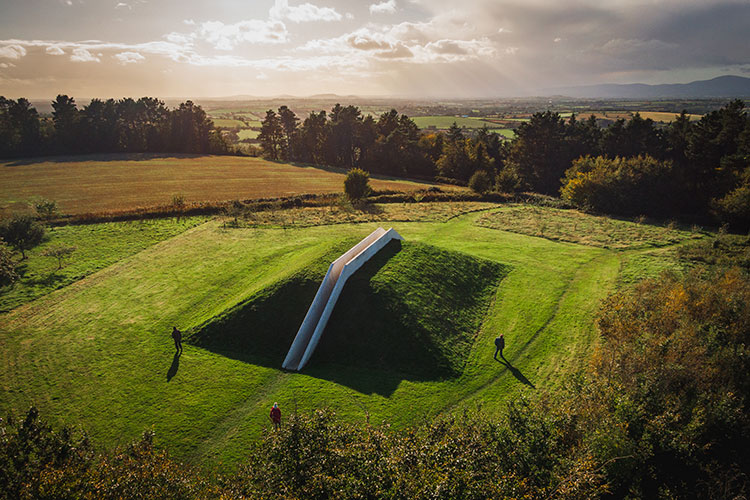
Tulach a'tSolais
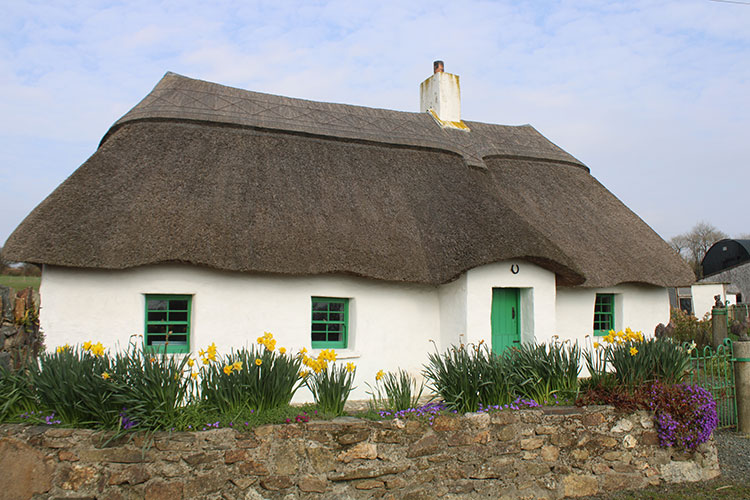
Storytelling House
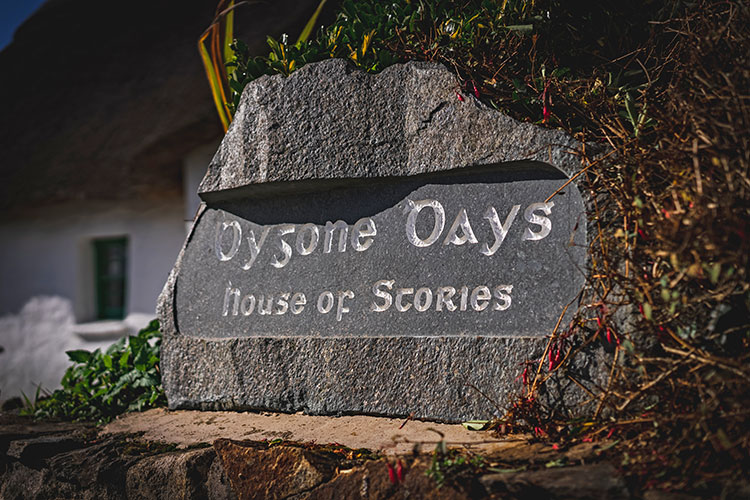
Storytelling House
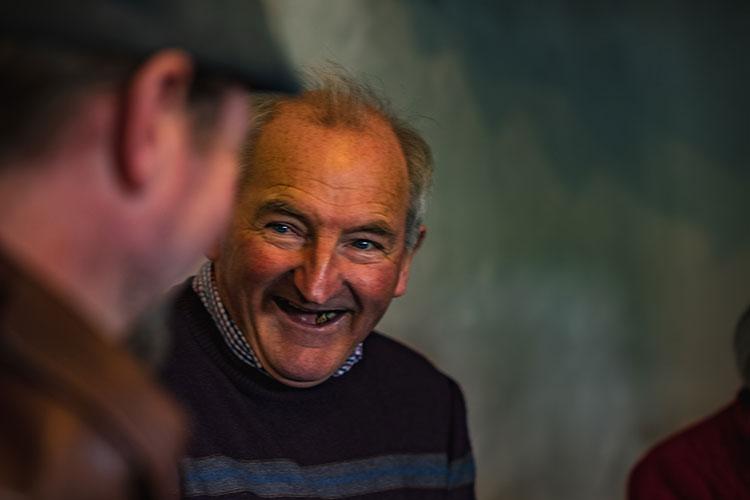
Storytelling House
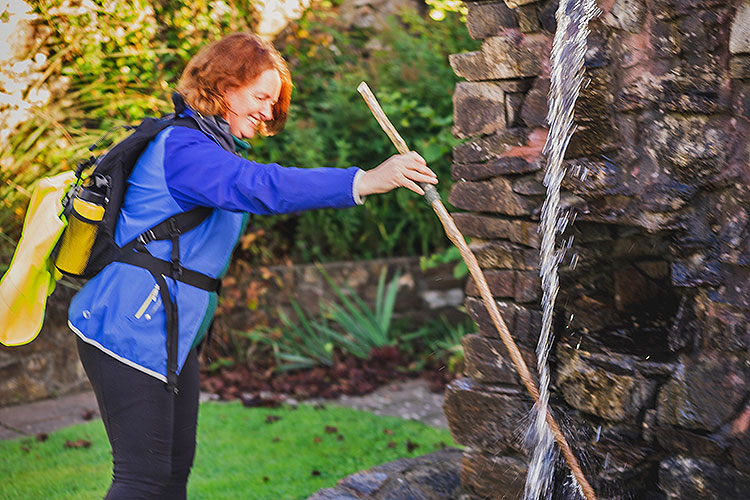
Blessing a staff
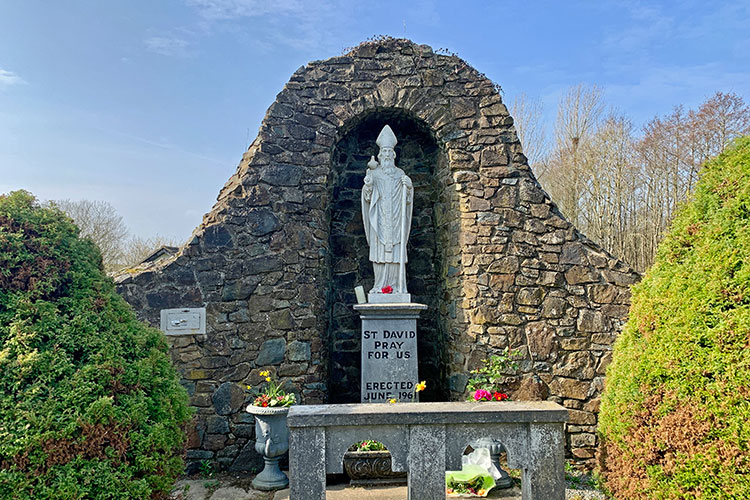
Oilgate
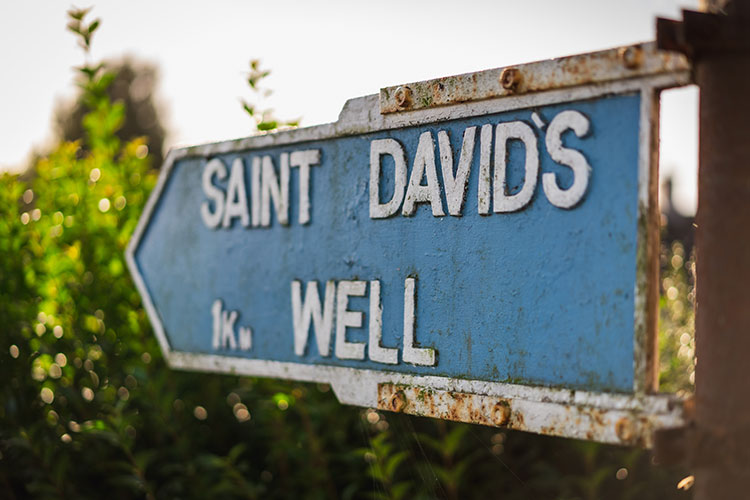
To St David's Well
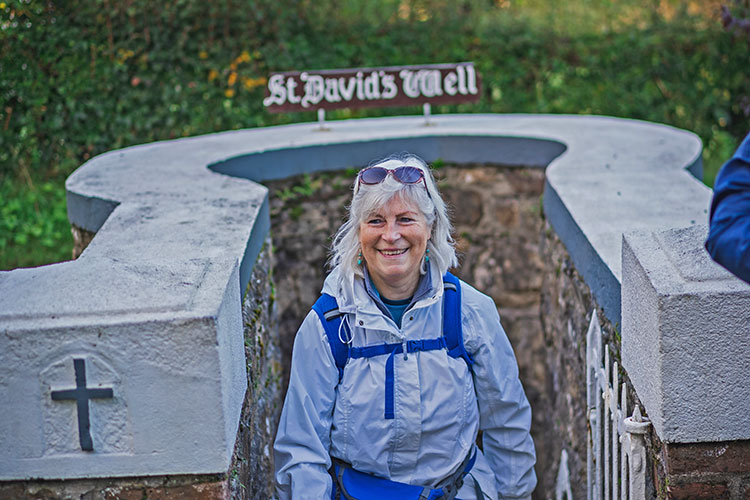
St David's Well
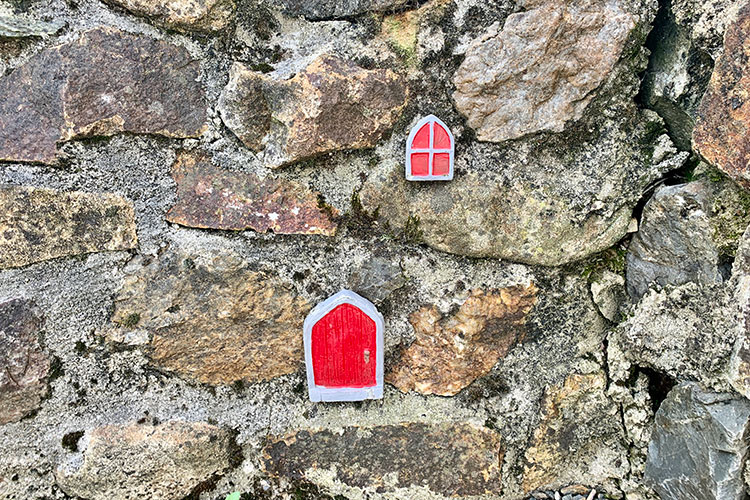
Fairy Doors
Father John Murphy
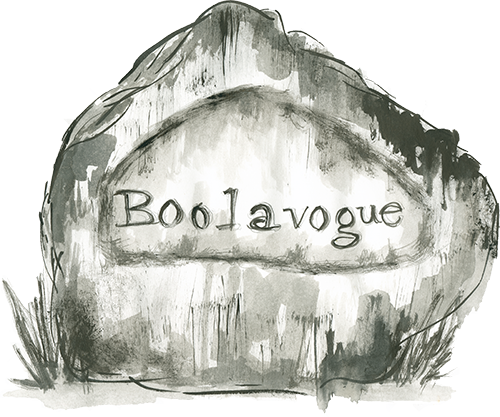
Oulart is synonymous with the 1798 Rebellion. The Battle of Oulart Hill was arguably the most influential battle of the rebellion.
Initially a pacifist, Fr John Murphy, led his people in a spontaneous uprising following acts of tyranny and repression against his parishioners during 1798, and became one of the foremost leaders of the Wexford rebellion against British rule in Ireland.
Successful in many battles and in capturing the town of Enniscorthy, he was finally defeated at the Battle of Vinegar Hill. Subsequently arrested in Co Carlow, he was court-martialled on a charge of treason. Found guilty, he was executed in July 1798. However, his memory is kept alive in the popular ballad Boolavogue.
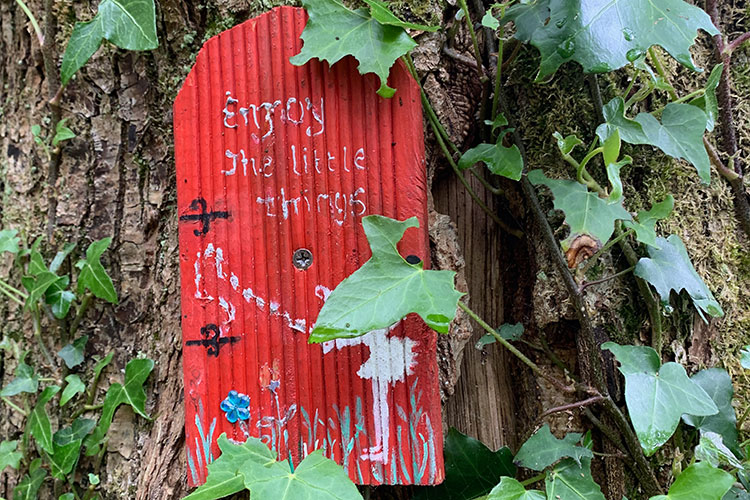
FAIRIES
On entering Kilbride Forest, you will come across a red fairy door. In Irish mythology, such doors are reputed to give access to the Celtic Underworld. A strong tradition holds that the Tuatha de Danann were the first people in Ireland until the Celts arrived and drove them underground. The Tuatha de Danann then used magic to become the Sidhe – a race of tiny people known today as the fairies, who can cast evil spells on those who offend them. Many Irish people still try not to offend the Little People, and a motorway had to be diverted some time ago to avoid interfering with a fairy tree.
Sign up for our Newsletter
Be the first to know about guided events being offered along the route and all the latest developments as we head for a pilgrimage launch in 2023.

